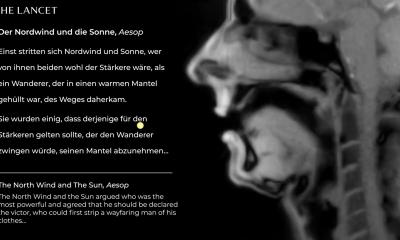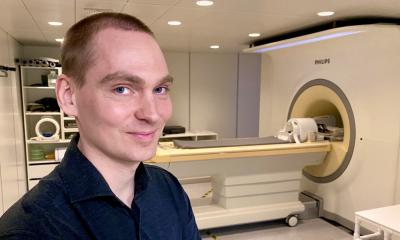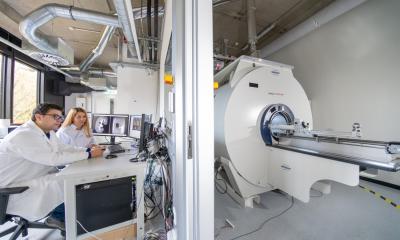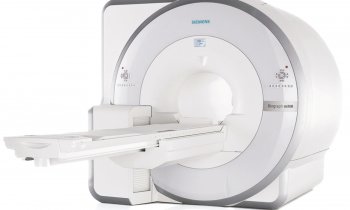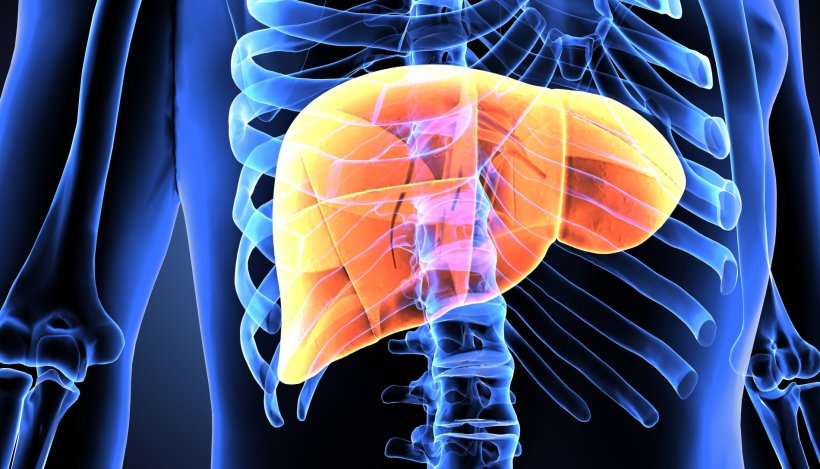
Image source: Adobe Stock/PIC4U
News • Alternative to liver biopsy
Exploring the benefits of non-invasive MR Elastography in obese patients
Omar Darwish, PhD student at King's College London, is researching new approaches to 3D MRE sequences for measuring liver fibrosis and inflammation simultaneously in obese patients.
Three-dimensional MR elastography (MRE) scans have demonstrated the potential to assess both liver fibrosis and inflammation simultaneously. However, researchers face challenges in that current 3D MRE approaches typically require multiple sequences, each with its own breath-hold by the patient, which reduces the precision of geometric alignment of the liver and hampers clinical acceptance. This is further complicated in obese patients where the challenge of a high body mass index (BMI) can preclude adequate penetration of the mechanical waves.
Non-alcoholic fatty live disease is a health crisis across the globe and evaluating patients in a time efficient fashion is becoming of high importance in medicine
Omar Darwish
In his paper published in the journal Investigative Radiology, Omar Darwish has tested the viability of an approach that uses one single breath-hold rather than the more usual four to six consecutive breath-holds that can be easily tolerated and reproduced by obese patients.
His technical development study demonstrates how a single 17 second breath-hold was successfully used to reduce the total MRE sequence acquisition time including multiple slices, wave offsets and motion encodings.
He says: "Non-alcoholic fatty live disease is a health crisis across the globe and evaluating patients in a time efficient fashion is becoming of high importance in medicine. Liver biopsy is invasive, costly, and accompanied with complications. These could be mitigated by a successful proof of concept in 3D MRE sequencing and warrants a larger clinical study to further evaluate diagnostic accuracy and performance."
Source: King's College London
20.03.2023



